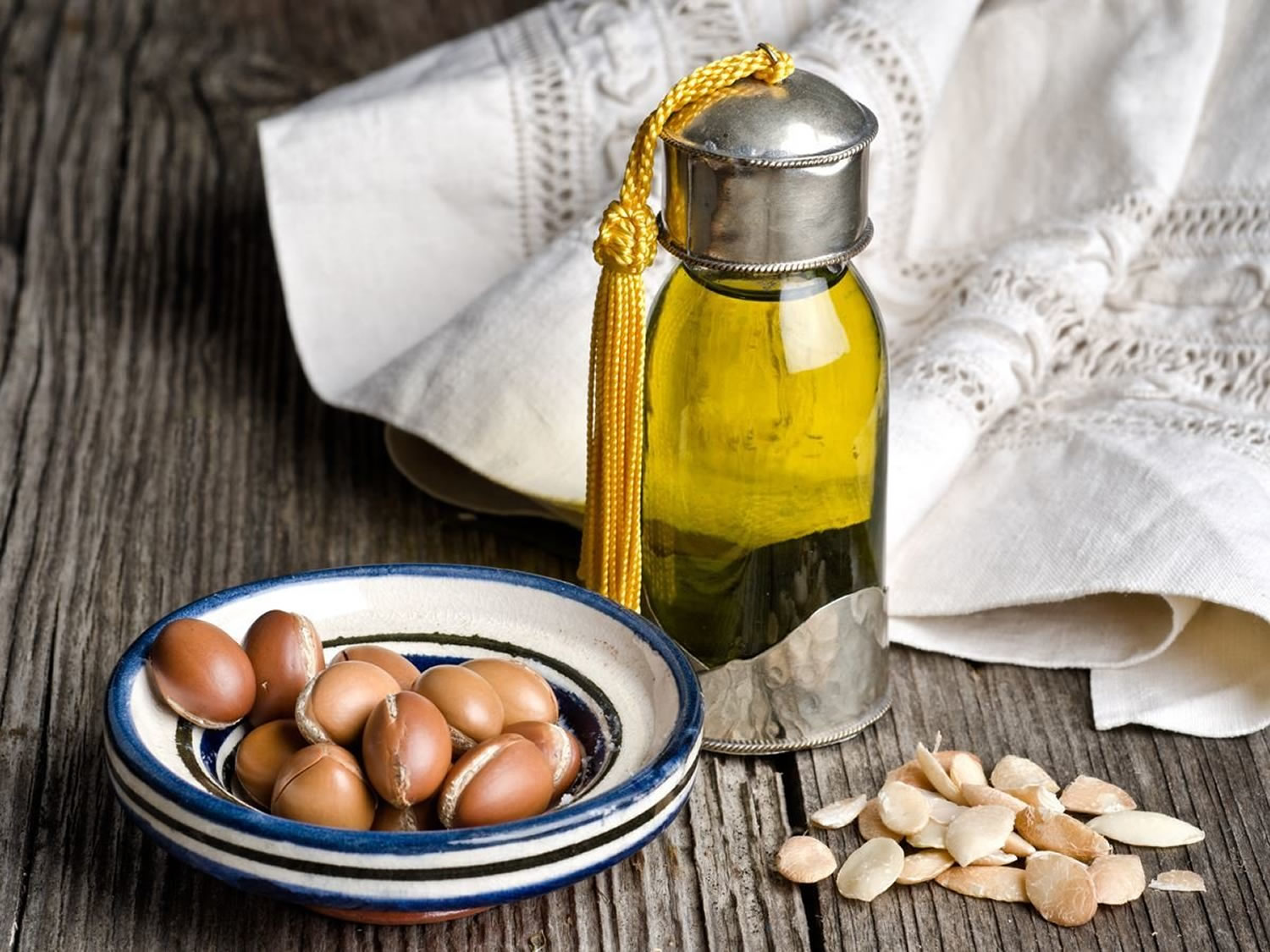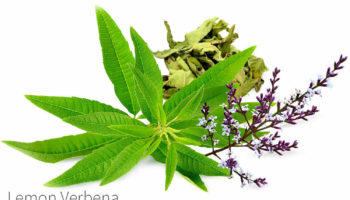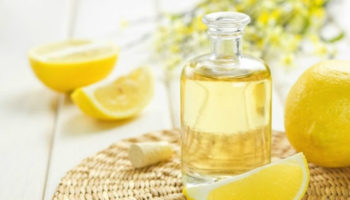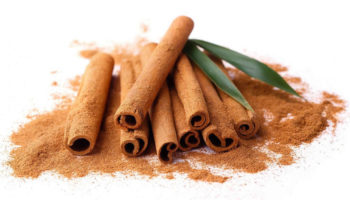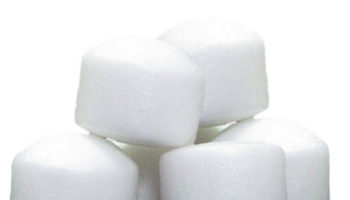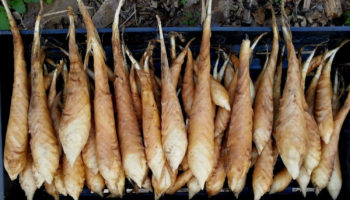What is argan oil
Argan oil is a plant oil produced from the kernels of the argan tree (Argania spinosa L.) that is endemic to Morocco. In Morocco, argan oil is used to dip bread in at breakfast or to drizzle on couscous or pasta. It is also used for cosmetic purposes. The argan fruit is oval-shaped and a little bigger than an olive. The outer layer of the argan nut is a thick peel that covers the fleshy part.
Argania spinosa is only endemic in south-western Morocco, where it covers an area of 3200 square miles that constitutes a unique biotope, named ‘the argan forest’. In Morocco, the argan forest has an essential agro-economic function. Because the argan tree is drought-resistant, it is also a powerful weapon for slowing down desertification 1.
Traditionally, argan oil is exclusively prepared by women 2. Once the ripe fruits have been collected, their peel and pulp are discarded, affording ovoid argan nuts of the size of a big olive. Argan nuts are then manually broken, the women firmly holding them between their thumb and index finger along the longest seed diagonal and violently hitting them with a stone. The kernels are then collected and roasted for a few minutes in clay plates if dietary argan oil is to be prepared. The roasted kernels are then crushed with a manual millstone, affording a brownish dough that is subsequently hand-mixed with warm water for several minutes. The wet dough is then hand-pressed, becomes solid and releases a brown emulsion that is decanted after several minutes to furnish the argan oil. The extraction residue (press cake) is very bitter, still rich in oil and used to feed cattle.
For industrial or laboratory purposes, argan oil can be extracted from pulverized kernels by lipophilic solvents 3. After solvent evaporation, argan oil is directly obtained. Only the cosmetics industry uses argan oil prepared according to this method. The term “enriched argan oil” describes an argan oil obtained by flash distillation of argan oil prepared by one of the above-mentioned methods 4. The level of unsaponifiable matter in this type of oil is three times lower than that observed in the press-extracted oil.
Figure 1. Argan fruit
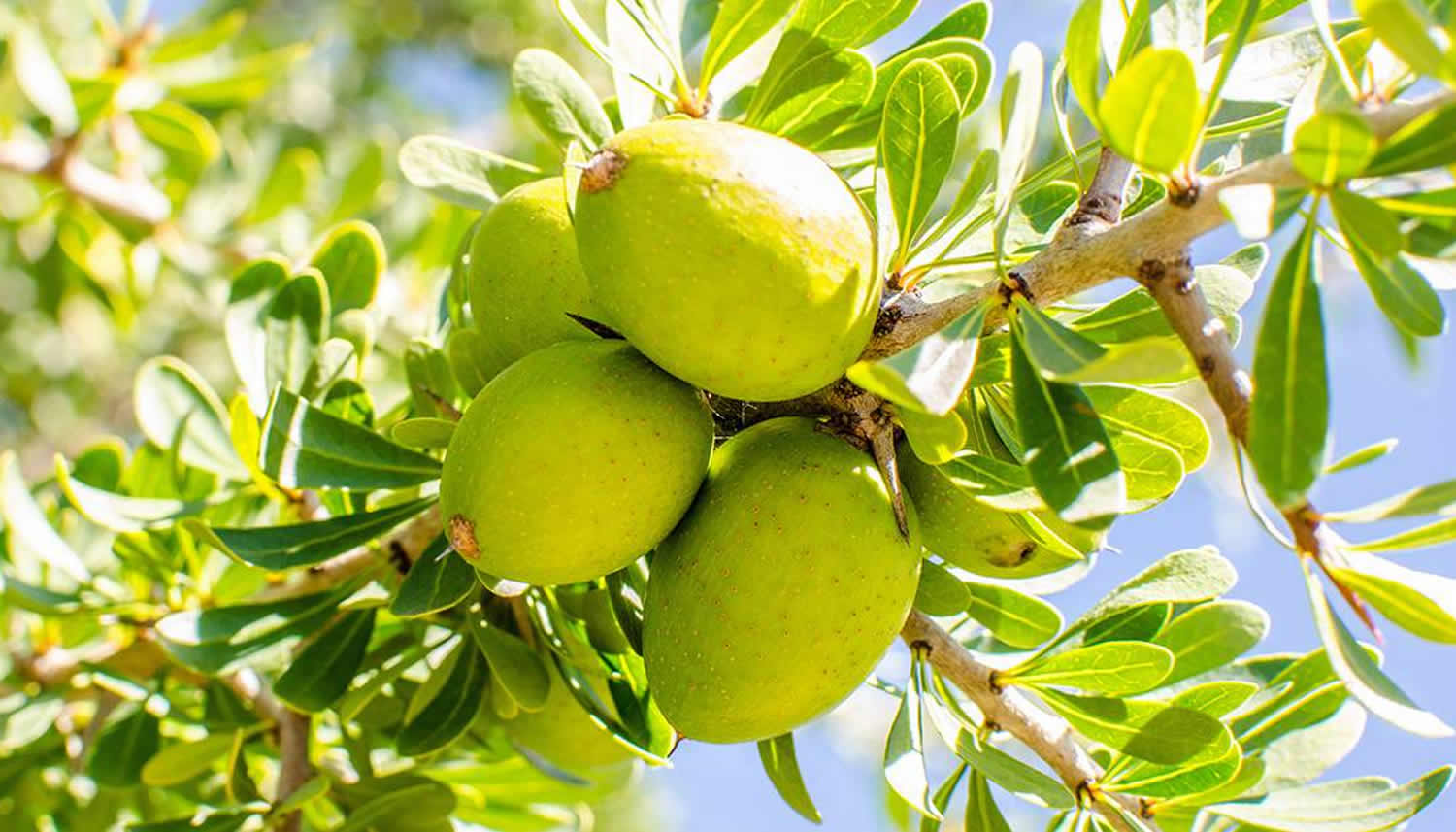
Figure 2. Argan fruit
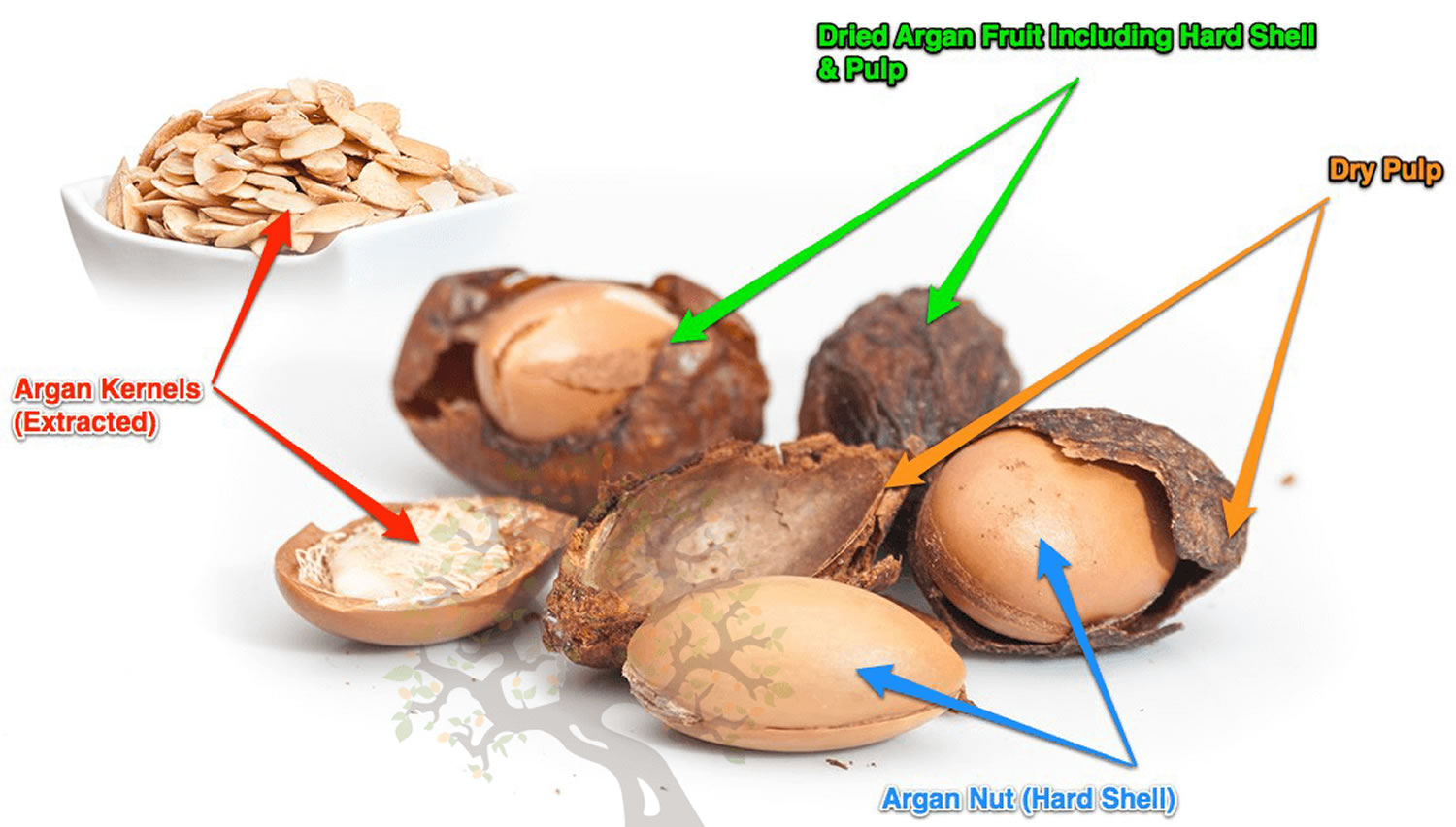
Argan oil nutrition facts
Argan oil does not contain essential omega-3, but the two main fatty acids found in argan oil are oleic acid (46–48 percent) and linoleic acid (omega 6 fatty acid) (31–35 percent), a mono- and a polyunsaturated fatty acid, respectively. The third and fourth main fatty acids found in argan oil are palmitic acid (11–14 percent) and stearic acid (4–7 percent) 5. These two latter acids are saturated fatty acids. From a nutritional point of view, these fatty acids are equivalent to peanut or sesame oils in terms of their lipid composition 6.
Unsaponifiable matter constitutes 1% of argan oil. It is made of carotenes (37%), tocopherols (8%), triterpene alcohols (20%), sterols (29%), and xanthophylls (5%). In extra-virgin argan oil, the levels of tocopherols are between 600 and 900 mg/kg. The main tocopherol found in argan oil is γ-tocopherol (between 81 and 92%) 7; it is a strong antioxidative agent. α-, β- and δ-tocopherols represent 2.4–6.5%, 0.1–0.3%, and 6.2–12.8%, respectively, of the total tocopherol fraction. Previous in vivo (animal studies) data indicate that γ-tocopherol may be a much more potent antioxidant than α-tocopherol. It is highly likely that γ-tocopherol unlike α-tocopherol will protect against reactive oxygen species mediated inflammation 8.
The sterol content of argan oils is in the range 272–357 mg/100g 9. These sterols are rare in vegetable oils, and interestingly, their occurrence in argan oil and the absence of β-sitosterol, which is present in several other vegetable oils is a bona fide marker of argan oil adulteration with other cheaper ones mostly containing β-sitosterol.
Other phenols have also been identified as traces using mass spectroscopy; they might also act as antioxidants. These phenol derivatives include caffeic acid, oleuropein, vanillic acid, tyrosol, ferulic acid, syringic acid, catechol, resorcinol, (–)-epicatechin, and (+)-catechin 10. Five ubiquitous triterpene alcohols have also been identified: tirucallol (27.9%), β-amyrine (27.3%), butyrospermol (18.1%), lupeol (7.1%), and 24-methylene cycloartanol (4.5%).
Table 1. Argan oil nutrition facts
Nutrient | Unit | Tbsp 15 ml | Value per 100 ml | ||||||||||||||||
|---|---|---|---|---|---|---|---|---|---|---|---|---|---|---|---|---|---|---|---|
| Approximates | |||||||||||||||||||
| Energy | kcal | 120 | 800 | ||||||||||||||||
| Protein | g | 0.00 | 0.00 | ||||||||||||||||
| Total lipid (fat) | g | 14.00 | 93.33 | ||||||||||||||||
| Carbohydrate, by difference | g | 0.00 | 0.00 | ||||||||||||||||
| Sugars, total | g | 0.00 | 0.00 | ||||||||||||||||
| Minerals | |||||||||||||||||||
| Calcium, Ca | mg | 0 | 0 | ||||||||||||||||
| Iron, Fe | mg | 1.20 | 8.00 | ||||||||||||||||
| Sodium, Na | mg | 0 | 0 | ||||||||||||||||
| Vitamins | |||||||||||||||||||
| Vitamin C, total ascorbic acid | mg | 0.0 | 0.0 | ||||||||||||||||
| Lipids | |||||||||||||||||||
| Fatty acids, total saturated | g | 3.000 | 20.000 | ||||||||||||||||
| Fatty acids, total monounsaturated | g | 6.000 | 40.000 | ||||||||||||||||
| Fatty acids, total polyunsaturated | g | 5.000 | 33.330 | ||||||||||||||||
| Fatty acids, total trans | g | 0.000 | 0.000 | ||||||||||||||||
| Cholesterol | mg | 0 | 0 | ||||||||||||||||
Types of Argan oil
‘Cold-pressed oils’ and ‘virgin oils’ are two terms that can be confusing.
The term ‘cold-pressed oil’ can be used when a careful, gentle mechanical extraction of the raw material without application of heat is used. However, heat-treatment is allowed during preparation of the raw material and/or of the oil after the pressing process 12.
Following this definition, edible argan oil is a cold-pressed oil. It is prepared by pressing the slightly roasted kernels of the argan tree [Argania spinosa (L.) Skeels] fruit.
Table 2. Differences between the four argan oil types
| Traditional oil | Cold-pressed edible oil | Cold-pressed cosmetic oil | Industrial cosmetic oil | |
|---|---|---|---|---|
| Material | Uncontrolled fruit, roasted kernels | Hand-picked fruit, roasted kernels | Hand-picked fruit, unroasted kernels | Uncontrolled fruit, unroasted kernels |
| Process | Hand malaxing | Press | Press | Solvent |
| Preservation | One to two weeks | Several months | Up to one month | Several months |
| Color | Yellow to brown | Copper-like | Gold-like | No colour |
| Taste | Not reproducible | Hazelnut like | Bitter | Not suitable as food |
| Quality | Low | Very high | Very high | Very high |
| Moisture | Variable | Low | Some amount | None |
| Antioxidants | Variable | High | High | None |
Traditional argan oil
This is the type of oil that has been prepared for centuries by Moroccan women on a family scale. However, traditionally prepared argan oil chemical composition is poorly reproducible. Such oil is generally of low quality and has a short shelf-life (Table 2). For a single person, 2–2.5 liter of oil are obtained from 100 kg of dry fruit after 58 h of work.
Cold-pressed argan oil
To produce large quantities of high-quality argan oil, women’s cooperatives have been started in south-western Morocco. In these cooperatives, argan oil is prepared by mechanically cold-pressing argan kernels. Using this technology, 4–6 liter of oil can be obtained from 100 kg of dry fruit after 13 hours of work by a single person.
Edible argan oil is prepared from roasted kernels, whereas unroasted kernels are used in the production of cosmetic argan oil (Table 2). The origin of the fruit and the processing method used dramatically influence the quality of the argan oil produced. Because of this, stringent preparation rules have been implemented in the cooperatives. These include the use of mechanical pressing in place of hand-pressing and mechanical fruit peeling. The polyphenol and tocopherol content of traditionally extracted and cold-pressed argan oils is similar. Their different shelf life is mainly due to the selection of the argan nuts and the frequent use of water of poor bacteriological quality during the traditional process.
Edible argan oil is also the major constituent of ‘Amlou’, a highly nutritive preparation whose composition also includes large quantities of crushed almonds and honey.
Cosmetic argan oil is directly used for skin application or as a hair lotion. It does not have the hazelnut taste of edible argan oil. Its content of volatile components is lower than that of edible argan oil 13 and its shelf life is also shorter, the latter extending up to 2 years, probably due to the formation during roasting of Maillard compounds, which favour preservation 14.
Solvent-extracted argan oil
Industrially, cosmetic argan oil is prepared by solvent extraction of crushed argan kernels. No quality control is required for argan nuts (Table 2). Solvent-extracted argan oil, which is also sometimes flash distilled and deodorised, is used exclusively in the composition of creams, shampoos and body lotions. Preservatives are frequently added to compensate for the naturally protective agents lost during extraction and/or distillation (tocopherols, polyphenols etc.).
Argan oil benefits
Argan oil has been used as a food and as a food ingredient, and has been applied to the skin for centuries, therefore its acute and chronic toxicity is assumed to be nil, particularly when orally administered at ordinary doses. Initially, argan oil’s pharmacological properties have simply been deduced by consideration of the properties of its constituents, which have been isolated and pharmacologically evaluated, often in simple models. The chemical composition of argan oil has already been reviewed in detail 15. Recently, scientific evaluation of the traditionally claimed benefits of argan oil consumption has begun, using animal models or cohort or clinical studies. These studies (Table 3) were aimed at determining if argan oil has only nutritional properties or if it can be said to also possess pharmacological properties 16. Nevertheless, the general benefits indicated by some primary results have already triggered the preparation of argan oil-based emulsions for parenteral nutrition 17.
Table 3. Key papers on the pharmacology of argan oil and their scientific findings
| Khallouki et al.18 | Chemical composition of argan oil indicates its potential interest in preventing cancer |
| Bensouada 17 | Emulsion containing argan oil can be used for parenteral nutrition |
| Berrougui et al.19 | Argan oil phenolic extract inhibits low-density lipoprotein oxidation and has hypolipemiant properties |
| Berrougui et al.20 | Argan oil has hypolipidemic and hypocholesterolemic effects in rats |
| Drissi et al.21 | Argan oil has hypolipemiant and antioxidant properties |
| Derouiche et al.22 | Argan oil has an hypolipemiant effect in man |
| Berrougui et al.23 | Argan oil lowers blood pressure in rats |
| Adlouni et al.24 | Argan oil prevents obesity risk |
| Cherki et al.25 | Argan oil presents an antiatherogenic effect in humans |
| Mekhfi et al.26 | Argan oil inhibits platelet aggregation but has no influence on bleeding time |
| Bennani et al.27 | Argan oil polyphenols and sterols have an antiproliferative effect on human prostate cancer cell lines |
| Bennani et al.28 | Argan oil polyphenols have an antiproliferative effect on human prostate cancer cell lines |
| Drissi et al.29 | Argan oil tocopherols have an antiproliferative effect on human prostate cancer cell lines |
| Samane et al.30 | Argan oil has a potential interest as an antidiabetic |
| Bnouham et al.31 | Antidiabetic activity of argan oil is confirmed |
| Samane et al.32 | Argan oil is less efficient than fish oil to treat diabetes |
| Derouiche et al.33 | Argan oil has no impact on thyroid hormone profile |
| Benzaria et al.34 | Argan oil does not influence immune system |
| Astier et al.35 | Argan oil triggers allergic reaction |
Cancer chemoprotective effects
Because argan and olive oils share a similar composition, the cancer chemoprotective effect attributed to olive oil has also been attributed to argan oil 18. Argan oil’s high levels of γ-tocopherol – by far the most potent antioxidant of the tocopherols – and its high squalene content have even led to a suggestion that its chemoprotective effect may even be greater 36.
Prevention of obesity and adverse cardiovascular outcomes
Hypercholesterolemia and platelet hyperactivity are associated with an increased risk of adverse cardiovascular outcomes (coronary artery disease, hypertension etc.). Phenolic compounds, phytosterols and tocopherols are well known as efficient hypocholesterolemic agents. Not surprisingly, argan oil’s phenolic fraction prevents low-density lipoprotein (LDL “bad” cholesterol) oxidation in isolated human plasma 37. Phenolic compounds also enhance reverse cholesterol transport by increasing high-density lipoprotein (HDL “good” cholesterol) lipid-bilayer fluidity 37. The presence of these derivatives is therefore commonly used to explain the anti-atherogenic potential of argan oil 37.
Antidiabetic activity
The cardiovascular protective and antidiabetic effects of argan oil are the most longstanding claimed pharmacological effects of argan oil 1. So far, however, the only scientific demonstration of a possible antidiabetic activity has been in rats 31. Oral glucose test tolerance was performed on healthy or streptozotocin-induced diabetic rats. Oral glucose test tolerance was performed on healthy or streptozotocin-induced diabetic rats. Intraperitoneal administration of argan oil (2.5 ml/kg) 30 min before oral glucose loading (1 g/kg) induced a significant glycemia reduction that lasted for 3 h.[60] Argan oil also significantly reduced the amount of absorbed glucose in perfused jejunum segment 31. Samane et al. compared the metabolic response of rats to a free-access high-fat/high-sucrose diet in which 6% of the fat was replaced either by argan oil or fish oil. Intake of argan and fish oil resulted in the restoration of insulin signalling in fat and liver but fish oil also restored systemic insulin sensitivity 38.
Other potential yet to be proven health benefits of argan oil
Some few clinical studies provide evidence that argan oil can promote additional benefits on risk factors for cardiovascular disease. In 2005, sixty young men were included in an interventional study. The analysis of the data indicated an increase of paraoxanase 1 (PON1) activities coupled with an increase of plasma vitamin E concentration 39. Some years later, the vitamin E serum level of 151 menopausal women consuming either olive or argan oil was determined, and in the argan oil consumer group, Vitamin E serum level was increased 40. In another study carried out on 60 young and healthy male volunteers aged between 23 and 40 years old, consumption of argan oil showed, after three weeks of intake, a significant increase in serum concentration levels of the androgen hormones including testosterone and luteinizing hormone 41. More recently, 37 patients (18 men, 19 women) with end-stage renal disease on maintenance displayed an improvement in markers directly associated with the lipid profile and oxidative stress status 42. In addition, evidence from sixty menopausal women indicates that the daily consumption and/or topical application of argan oil for a period of 1–2 months has an anti-aging effect on the skin demonstrated by the improvement of skin elasticity 43.
As regards to argan pulp, this is described to contain essential oils and an unsaponifiable fraction (up to 3.3%) which is rich in sterols and tritepene aglycones. Some compounds have already found industrial applications such as erythrodiol 44. Glycosylated triterpenes (saponins) of the basic acid-type in the argan pulp have been assayed in a few preliminary biological assays and deserve special attention related to their pharmacology. These are more particularly fungicidal against Cladosporium cucumerinum and Polysticus versicolor, antibacterial as well as analgesic and anti-inflammatory agents with low toxicity. Molluscicidal activity against Biophalaria glabrata, has also been reported 45. Argan pulp, contains a diverse range of polyphenols with flavans, procyanidins, flavonoids (mostly quercetin derivatives), phenolic acids along with a minor phenolic aldehyde being reported at a concentration of up to 15.4 g/kg 46. The acyl-glucosylflavonoids which are also present in argan pulp have shown a variety of functions, such as anti-feedant and phytoalexin capacity, signaling molecules, and UV protectants 47. Acyl-glucosylpolyphenols are physiologically important phenolic compounds in plants because these are the final, functional products of secondary metabolism 48.
- Charrouf Z et al. [The argan tree, an asset for Morocco]. Biofutur 2002; 220: 54–57 [in French].[↩][↩]
- Z. Charrouf, D. Guillaume, A. Driouich: The argan tree, an asset for Morocco (in French). Biofutur. 2002,220, 54–57.[↩]
- Argan oil: Occurrence, composition and impact on human health. Eur. J. Lipid Sci. Technol. 2008, 110,632–636. http://onlinelibrary.wiley.com/doi/10.1002/ejlt.200700220/pdf[↩]
- Z. Charrouf, D. Guillaume: Ethnoeconomical, ethnomedical and phytochemical study of Argania spinosa (L.) Skeels. J Ethnopharmacol.1999, 67, 7–14. [↩]
- M. Hilali, Z. Charrouf, A. El Aziz Soulhi, L. Hachimi, D. Guillaume: Influence of origin and extraction method on argan oil physico-chemical characteristics and composition. J Agric Food Chem. 2005, 53, 2081–2087.[↩]
- Ethnobotanic, Ethnopharmacologic Aspects and New Phytochemical Insights into Moroccan Argan Fruits. Int. J. Mol. Sci. 2017, 18(11), 2277; doi:10.3390/ijms18112277 http://www.mdpi.com/1422-0067/18/11/2277/htm[↩]
- M. Rahmani: Composition chimique de l’huile d’argane “vierge”. Cahiers Agric. 2005,14, 461–465.[↩]
- Cooney, R.V.; Franke, A.A.; Harwood, P.J.; Hatch-Pigott, V.; Custer, L.J.; Mordan, L.J. Gammatocopherol detoxification of nitrogen dioxide: Superiority to alpha-tocopherol. Proc. Natl. Acad. Sci. USA 1993, 90, 1771–1775. https://www.ncbi.nlm.nih.gov/pmc/articles/PMC45961/[↩]
- Consumption of argan oil (Morocco) with its unique profile of fatty acids, tocopherols, squalene, sterols and phenolic compounds should confer valuable cancer chemopreventive effects. Eur J Cancer Prev. 2003 Feb;12(1):67-75. https://www.ncbi.nlm.nih.gov/pubmed/12548113[↩]
- Z. Charrouf, D. Guillaume: Phenols and polyphenols from Argania spinosa. Am J Food Technol.2007,2, 679–683.[↩]
- United States Department of Agriculture Agricultural Research Service. USDA Branded Food Products Database. https://ndb.nal.usda.gov/ndb/search/list[↩]
- Monfalouti, H. E., Guillaume, D., Denhez, C. and Charrouf, Z. (2010), Therapeutic potential of argan oil: a review. Journal of Pharmacy and Pharmacology, 62: 1669–1675. doi:10.1111/j.2042-7158.2010.01190.x http://onlinelibrary.wiley.com/doi/10.1111/j.2042-7158.2010.01190.x/full [↩][↩]
- Charrouf Z et al. Influence of roasting and seed collection on argan oil odorant composition. Nat Prod Commun 2006; 1: 399–404.[↩]
- Gharby S et al. Oxidative stability of edible argan oil: a two year-study. LWT-Food Sci Technol 2010 (in press) doi:10.1016/j.lwt.2010.07.003.[↩]
- Charrouf Z, Guillaume D. Argan oil: occurrence, composition and impact on human health. Eur J Lipid Sci 2008; 110: 632–636.[↩]
- Adlouni A. [Argan oil: from nutrition to health]. Phytothérapie 2010; 8: 8–97 [in French].[↩]
- Bensouada Y. Formulation of argan-oil based lipid emulsion for parenteral nutrition. Patent WO/2008/002116, 2008.[↩][↩]
- Khallouki F et al. Consumption of argan oil (Morocco) with its unique profile of fatty acids, tocopherols, squalene, sterols and phenolic compounds should confer valuable cancer chemopreventive effects. Eur J Cancer Prev 2003; 12: 67–75. https://www.ncbi.nlm.nih.gov/pubmed/12548113[↩][↩]
- Berrougui H et al. Phenolic-extract from argan oil (Argania spinosa L.) inhibits human low-density lipoprotein (LDL) oxidation and enhances cholesterol efflux from THP-1 macrophages. Atherosclerosis 2006; 184: 389–396.[↩]
- Berrougui H et al. Hypolipidemic and hypocholesterolemic effects of argan oil (Argania spinosa L.) in Meriones shawi rats. J Ethnopharmacol 2003; 89: 15–18.[↩]
- Drissi A et al. Evidence of hypolipemiant and antioxidant properties of argan oil derived from the argan tree (Argania spinosa). Clin Nutr 2004; 23: 1159–1166.[↩]
- Derouiche A et al. Nutritional intervention study with argan oil in man: effects on lipids and apolipoproteins. Ann Nutr Metab 2005; 49: 196–201.[↩]
- Berrougui H et al. Argan (Argania spinosa) oil lowers blood pressure and improves endothelial dysfunction in spontaneously hypertensive rats. Br J Nutr 2004; 92: 921–929.[↩]
- Adlouni A et al. The nutritional benefits of argan oil in obesity risk prevention. Atheroscler Suppl 2008; 9: 137–138.[↩]
- Cherki M et al. Consumption of argan oil may have an antiatherogenic effect by improving paraoxonase activities and antioxidant status: intervention study in healthy men. Nutr Metab Cardiovasc Dis 2005; 15: 352–360.[↩]
- Mekhfi H et al. Effect of argan oil on platelet aggregation and bleeding time: a beneficial nutritional property. J Compl Integr Med 2008; 5: 18.[↩]
- Bennani H et al. Antiproliferative effect of polyphenols and sterols of virgin argan oil on human prostate cancer cell lines. Cancer Detect Prev 2007; 31: 64–69.[↩]
- Bennani H et al. [Impact of argan oil on prostate cancer antiproliferative effect: study of polyphenols]. Rev Franco Lab 2009; 416: 23–26 [in French].[↩]
- Drissi A et al. Tocopherols and saponins derived from Argania spinosa exert an antiproliferative effect on human prostate cancer. Cancer Invest 2006; 24: 588–592.[↩]
- Samane S et al. Insulin-sensitizing and anti-proliferative effects of Argania spinosa seed extracts. Evid-based Compl Alt Med 2006; 3: 317–327.[↩]
- Bnouham M et al. Antidiabetic activity assessment of Argania spinosa Oil. J Complement Integr Med 2008; 5: 32.[↩][↩][↩]
- Samane S et al. Fish oil and argan oil intake differently modulate insulin resistance and glucose intolerance in a rat model of dietary-induced obesity. Metabolism 2009; 58: 909–919.[↩]
- Derouiche A et al. Hormones thyroïdiennes et bilan lipidique de deux populations du sud marocain consommatrices de l’huile d’argan et du sel non iodé. Biol Santé 2005; 5: 185–192.[↩]
- Benzaria A et al. Effect of dietary argan oil on fatty acid composition, proliferation, and phospholipase D activity of rat thymocytes. Nutrition 2006; 22: 628–637.[↩]
- Astier C et al. Anaphylaxis to argan oil. Allergy 2010; 65: 662–663.[↩]
- Hübner J, Micke O. [Extra-european phytotherapeutics in oncology-part 1]. Onkologe 2009; 15: 302–310. [in German].[↩]
- Berrougui H et al. Phenolic-extract from argan oil (Argania spinosa L.) inhibits human low-density lipoprotein (LDL) oxidation and enhances cholesterol efflux from THP-1 macrophages. Atherosclerosis 2006; 184: 389–396. https://www.ncbi.nlm.nih.gov/pubmed/16019008[↩][↩][↩]
- Samane S et al. Fish oil and argan oil intake differently modulate insulin resistance and glucose intolerance in a rat model of dietary-induced obesity. Metabolism 2009; 58: 909–919. https://www.ncbi.nlm.nih.gov/pubmed/19394055[↩]
- Consumption of argan oil may have an antiatherogenic effect by improving paraoxonase activities and antioxidant status: Intervention study in healthy men. Nutr Metab Cardiovasc Dis. 2005 Oct;15(5):352-60. Epub 2005 Jul 1. https://www.ncbi.nlm.nih.gov/pubmed/16216721[↩]
- Argan oil and postmenopausal Moroccan women: impact on the vitamin E profile. Nat Prod Commun. 2013 Jan;8(1):55-7. https://www.ncbi.nlm.nih.gov/pubmed/23472459[↩]
- Effect of argan and olive oil consumption on the hormonal profile of androgens among healthy adult Moroccan men. Nat Prod Commun. 2013 Jan;8(1):51-3. https://www.ncbi.nlm.nih.gov/pubmed/23472458[↩]
- Consumption of Argan Oil Improves Anti-Oxidant and Lipid Status in Hemodialysis Patients. Phytother Res. 2015 Oct;29(10):1595-9. doi: 10.1002/ptr.5405. Epub 2015 Jun 23. https://www.ncbi.nlm.nih.gov/pubmed/26101142[↩]
- Qiraouani Boucetta K, Charrouf Z, Aguenaou H, Derouiche A, Bensouda Y. The effect of dietary and/or cosmetic argan oil on postmenopausal skin elasticity. Clinical Interventions in Aging. 2015;10:339-349. doi:10.2147/CIA.S71684. https://www.ncbi.nlm.nih.gov/pmc/articles/PMC4321565/[↩]
- Charrouf, Z.; Fkih-Tétouani, S.; Charrouf, M.; Mouchel, B. Tritérpènes et stérols extraits de la pulpe d’Argania spinosa (L.), Sapotaceae. Plantes Méd. Phytother. 1991, 25, 112–117.[↩]
- Fraser, C.M.; Thompson, M.G.; Shirley, A.M.; Ralph, J.; Schoenherr, J.A.; Sinlapadech, T.; Hall, M.C.; Chapple, C. Related Arabidopsis serine carboxypeptidase-like sinapoylglucose acyltransferases display distinct but overlapping substrate specificities. Plant Physiol. 2007, 144, 1986–1999. https://www.ncbi.nlm.nih.gov/pmc/articles/PMC1949888[↩]
- Khallouki, F.; Haubner, R.; Ricarte, I.; Erben, G.; Klika, K.D.; Ulrich, C.M.; Owen, R.W. Identification of polyphenolic compounds in the flesh of Argan (Morocco) fruits. Food Chem. 2015, 179, 191–198. https://www.ncbi.nlm.nih.gov/pubmed/25722154[↩]
- Lee, J.H.; Khor, T.O.; Shu, L.; Su, Z.Y.; Fuentes, F.; Kong, A.N. Dietary phytochemicals and cancer prevention: Nrf2 signaling, epigenetics, and cell death mechanisms in blocking cancer initiation and progression. Pharmacol. Ther. 2013, 137, 153–171. https://www.ncbi.nlm.nih.gov/pmc/articles/PMC3694988/[↩]
- Mock, H.P.; Strack, D. Energetics of the uridine 5-diphosphoglucose: Hydroxycinnamic acid acyltransferase reaction. Phytochemistry 1993, 32, 515–519.[↩]
